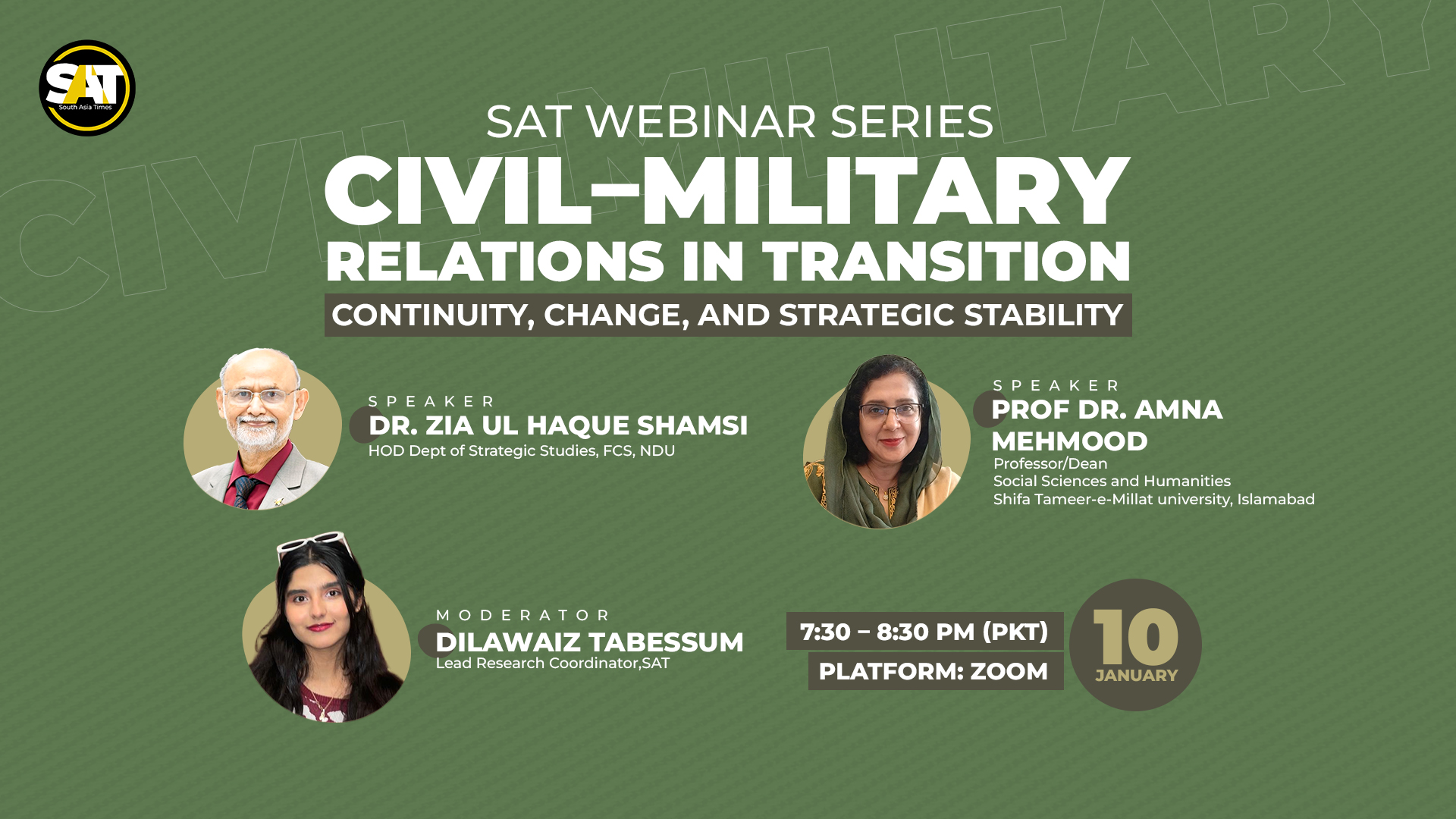Sulphur dioxide (SO2) emissions from a volcanic eruption in the Caribbean entered India on April 16, 2021. This has raised concerns about increased contamination and acid rain in the country\’s northern regions. Sulphur dioxide mixes with water to produce sulphuric acid, which can be washed away by rain.
La Soufriere Volcano Eruption:
“Sulphur dioxide (SO2) emissions from La Soufriere volcano eruption in the Caribbean have reached all the way to India,” tweeted the World Meteorological Organisation on April 16.
Volcanic “plumes can cause aviation and air quality hazards,” according to Ralph Kahn, a climatologist with NASA. He also said that the injection height is needed to set up forecast models that predict the plume\’s downwind evolution.
After spewing lava into a dome and threatening to erupt since December 2020, the La Soufrière volcano on St Vincent Island in the West Indies began erupting on April 9. In 1979, the volcano erupted for the final time.
“Of the 45 currently erupting volcanoes on Earth, La Soufriere is among those that worry volcanologists the most,” says NASA’s Earth Observatory website. This is because of its “explosive and erratic eruption style”.
NASA\’s Observations:
The plumes from the April 10 volcanic eruptions were high enough for NASA to monitor them. NASA\’s Terra satellite\’s Multi-Angle Imaging Spectroradiometer monitored them at 20 kilometres above the Earth\’s surface. Furthermore, NASA scientists observed the sulphate aerosol particles into the stratosphere. The stratosphere is the second layer of the Earth\’s atmosphere. This might be the reason that the particles have reached as far as India. Most likely they will travel beyond to reach South East Asia.
Moreover, if volcanic emissions exceed the stratosphere the Global temperature might be cooled. The most important climate impacts from volcanic injections into the stratosphere, according to the USGS website, come from the oxidation of sulphur dioxide to sulphuric acid, which condenses quickly in the stratosphere to form fine sulphate aerosols.
The aerosols also enhance the reflection of solar radiation back into space, cooling the Earth\’s lower atmosphere or troposphere, according to the study. Larger eruptions have resulted in temperature drops of 0.27 degrees Celsius or more on the Earth\’s crust for up to three years in the past century.
Lastly, satellites began monitoring the Earth\’s atmosphere in the mid-twentieth century. Since then the La Soufrière has delivered about 0.4-0.6 teragram of SO2 into the upper atmosphere. Alarmingly, this is the highest level reported. If the eruptions occur, the amount of SO2 released by the volcano can increase. NASA scientists still believe that moderate eruptions are much more common than large eruptions.





